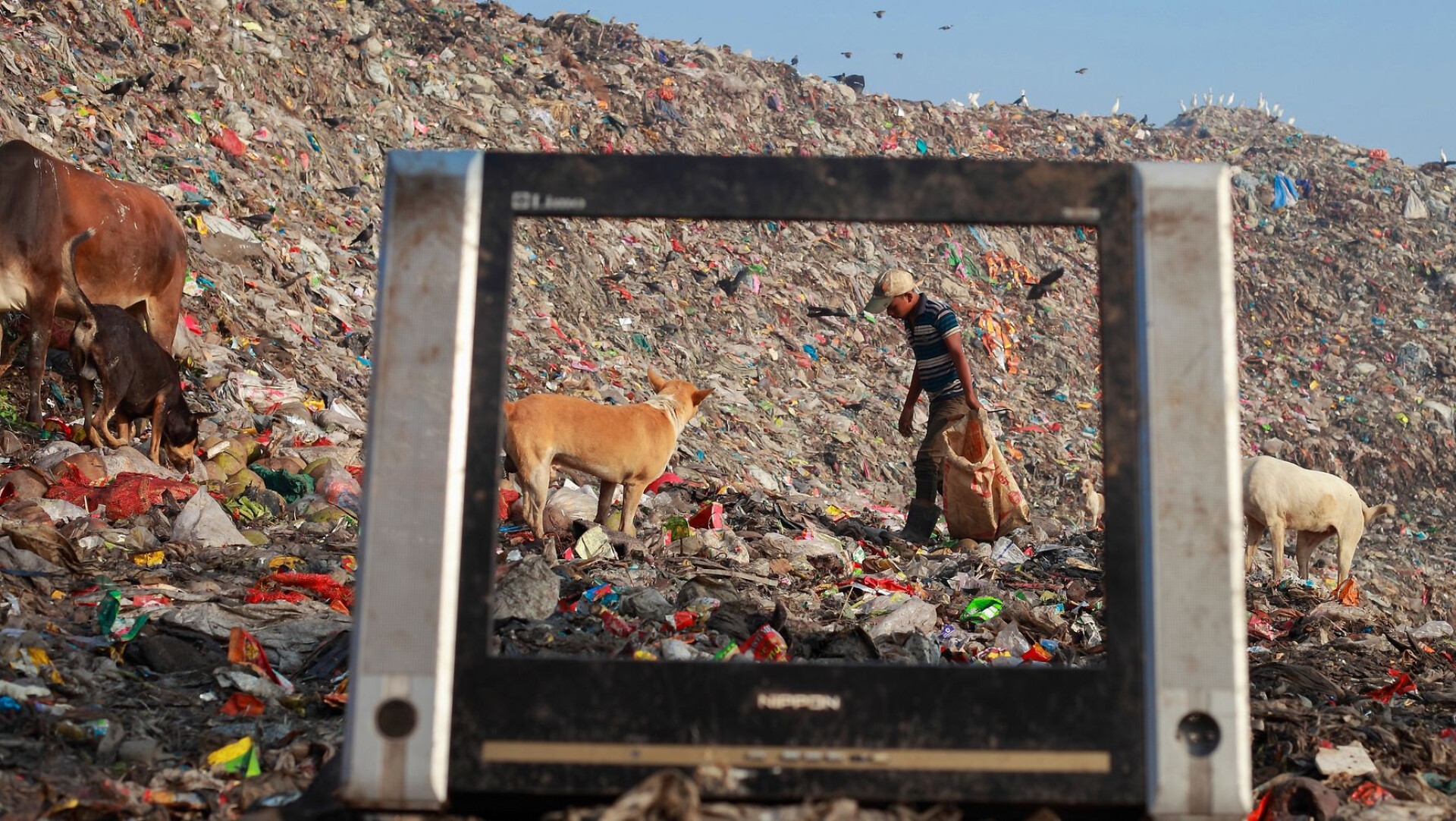The European Commission has recently released its evaluation of the WEEE Directive — the legislation that governs the management of electronic waste in Europe. The report reveals that the directive needs improvements, most member states are failing to meet collection targets, and only 40% of all e-waste is being recycled.
The WEEE Directive (Waste from Electrical and Electronic Equipment) is the EU’s legislation outlining how member states must handle electronic waste. It sets minimum requirements for the collection and treatment of end-of-life electronics, aiming to protect the environment and reduce health risks.
Recently, the European Commission chose to evaluate WEEE, now over 20 years old, to assess the necessity and relevance of the legislation. Encouragingly, the Commission found that the directive’s original goals remain important for the EU — but emphasized that several improvements are needed.
The report highlights clear shortcomings in collection systems, low collection rates, and vague producer responsibilities. Only a few countries have achieved the target collection rate of 65%, and across the EU, only 40% of all e-waste is recycled. Additionally, newer waste streams rich in critical raw materials from renewable energy and digital technologies — such as solar and wind power systems —need to be included under WEEE.
Furthermore, only 23% of all recycling facilities in the EU meet the WEEE Directive’s high standards for treating electronic waste. As a result, a large portion of the original value is lost during the recycling process — something that is deeply concerning.
Sweden’s Environment Commissioner, Jessika Roswall, commented on the report: “We must harness the potential of electronic waste to drive the green transition, reduce emissions, and strengthen the circular economy.” Inrego, of course, agrees.
At Inrego, where we buy and repurpose IT equipment from companies and organizations, the report clearly shows that circular solutions are needed on a much larger scale. By extending the lifespan of IT products, we reduce the amount of e-waste, lessen the need for new production, and limit the extraction of critical raw materials like copper, tungsten, and rare earth elements. Every day, we see products that previous owners considered waste still hold significant market value. Often, all that’s needed is an upgrade or replacement part to extend the product’s usable life.
We welcome the EU’s decision to review its work on electronic waste and its continued prioritization of improved waste flows — and we look forward to a more progressive approach to a circular economy within IT.
Want to learn more about how Inrego is working to reduce electronic waste? Read more here!

